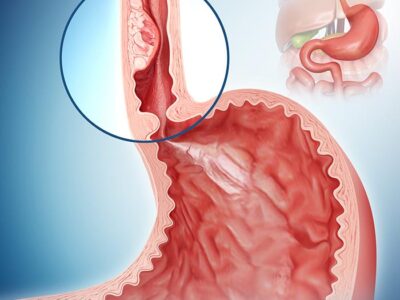By: Prof. Dr. Seyed Saeid Zamanieh Shahri, MD and Prof. Dr. Sonia Sayyedalhosseini, MD
۴) Plasma: More than 60% of blood volume consists of a liquid called plasma, which contains red and white blood cells and platelets. The major part of plasma is water and the remaining percentage contains hormones, antibodies, enzymes, glucose, salt, lipids and fat particles. Each of these substances has a task, for example, it is a combined antibody to fight the attack of pathogens. Salts as electrolytes play a role in regulating pH and osmotic pressure. Hormones deliver specific chemical messages to target cells. Lipids are responsible for transporting and storing fats. Blood fats include cholesterol and triglycerides.
Functions of Blood: As a very important substance, blood has very important roles in performing body activities.
۱- Transporting vital substances: The most important role of blood is in breathing, which, by binding hemoglobin to oxygen in the lungs, transfers it to the tissues of the body and takes carbon dioxide from the cells and returns it to the lungs. In order for the enzyme activities to be carried out properly, the required water is provided by the blood. Nutrients that cells need to grow and perform their activities, as well as chemical messages to reach the target cell, are all carried by the blood.
۲- Eliminating excretory substances: When chemical reactions are carried out in the cells of the body, as a result, waste and toxic substances are produced that are harmful to the body. Kidneys and liver are two organs of the body that remove waste and toxic substances from the body. But for these materials to be transferred from the cells to these two organs, blood is needed. For example, excess water and salt, as well as the remains of dead cells (such as dead red blood cells), are collected and removed from the body tissues by the blood. As mentioned above, the carbon dioxide produced by the respiration of the cells is also carried by the blood to the lungs for exit.
۳- Immune and protective mechanism: White blood cells and antibodies present in the blood make the body resistant to viruses and bacteria and protect the body against these infectious and pathogenic agents. Even white blood cells kill cancer cells that any healthy person’s body can produce before they grow and divide too much. The lymphatic system is the part that helps white blood cells to protect the body.
۴- Clotting: As mentioned above, platelets are cells in the blood that cause blood to clot when needed. Therefore, during wounds and injury to prevent bleeding, these clotting factors are used to stop bleeding by coagulating blood at the bleeding site.
Note: In some cancers, when the wound is formed, the coagulation factors cannot stop bleeding and the person may even die.
Leukemia (Part II):
Causes of blood cancer: Leukemia occurs when the DNA in leukocytes (White Blood Cells) mutates or changes and loses the ability to control and divide. In some cases, these mutated cells escape the immune system and grow out of control, destroying healthy cells in the bloodstream. Although the exact cause of a person’s leukemia may not be known, certain risk factors, including radiation exposure, are associated with the disease.
Known risk factors for leukemia include:
– Gender: Men get leukemia more than women.
– Age: The risk of leukemia increases with age. The average age of a patient with acute myeloid leukemia (AML), chronic lymphocytic leukemia (CLL) or chronic myeloid leukemia (CML) is 65 years and older. However, most cases of acute lymphocytic leukemia (ALL) occur in people under the age of 20. The average age of an ALL patient at the time of diagnosis is 15 years.
– Blood disorders: Certain blood disorders, including chronic myeloproliferative disorders such as polycythemia vera, idiopathic myelofibrosis, and essential thrombocytopenia, increase the risk of developing AML.
– Family History: Most leukemias have no family history. However, if you are a first-degree relative of a patient with CLL or if you have an identical twin with AML or ALL, you may be at increased risk of developing the disease.
– Congenital syndromes: Certain congenital syndromes, including Down syndrome, Fanconi anemia, ataxia-telangiectasia, and Blackfan-Diamond syndrome, appear to increase the risk of AML.
To be continued….















